A lot of people are moving out of traditionally blue states like California and heading for sunnier, or at least tax-friendlier, states like Texas. But why now? Economist Stephen Moore recently spoke about this trend and claimed people aren’t simply looking for better weather. Instead, he claims it’s part of a bigger trend over the past decade.
A Huge Change
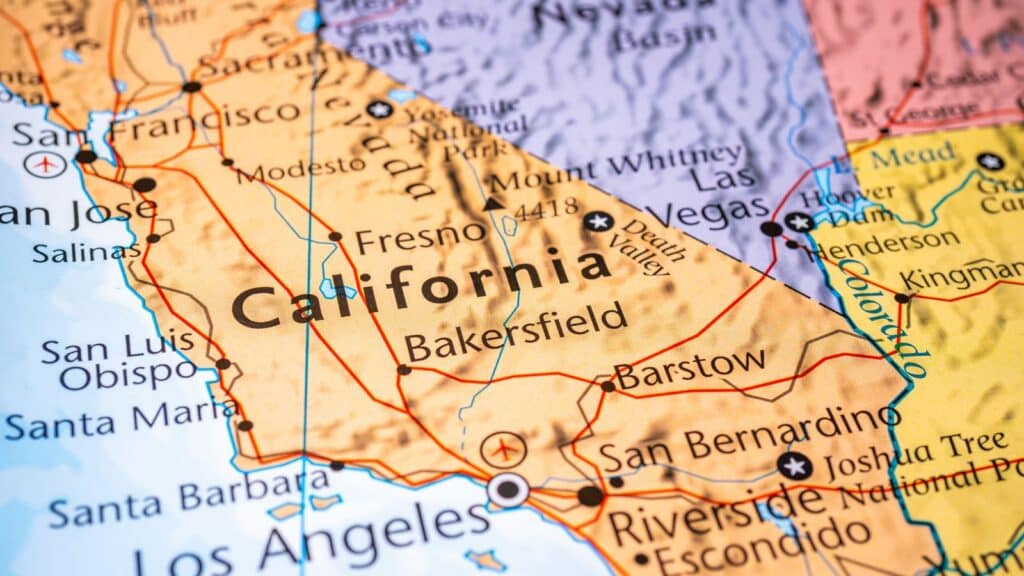
Over the last decade, approximately five million people have left states like California, New York, and Illinois. Moore claims this is “one of the biggest mass migrations in American history” and that it’s due to several factors, including taxes. This trend is completely changing where Americans call home.
To the South
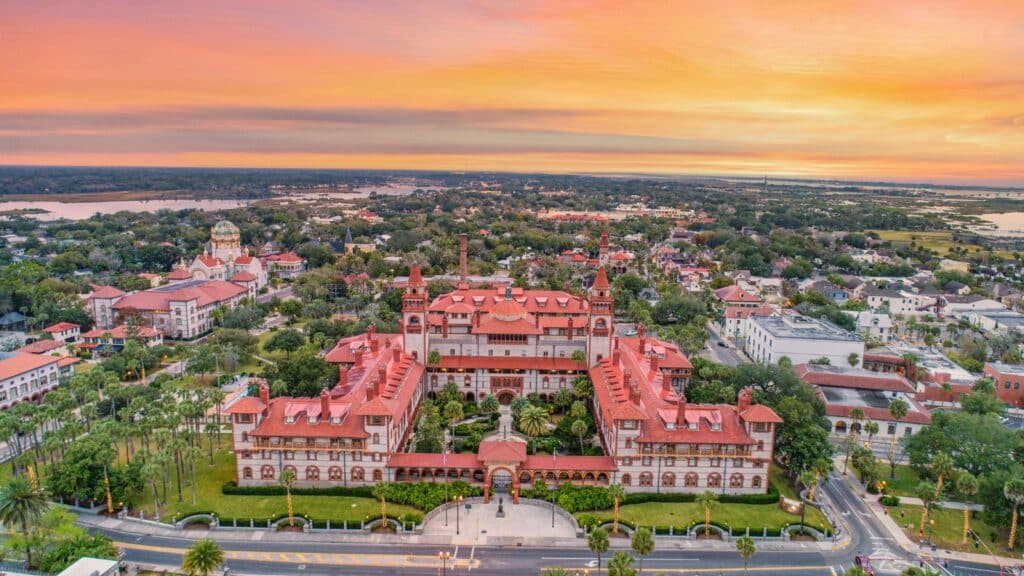
The numbers are pretty clear that the South is where it’s at. In 2023 alone, over 1.4 million new residents moved there, with states like Florida and Texas being the main focus. An estimated 706,266 of these people moved directly from other states. States in the Northeast saw a huge dip as they lost over 43,000 people.
Rural Revival

During the pandemic, there was a clear shift towards more rural living. Previously, more people moved from rural to urban places, but the rise of remote work meant this trend flipped. While it had been happening for a while, the population of rural areas increased quite a bit during the pandemic.
Movement Between States
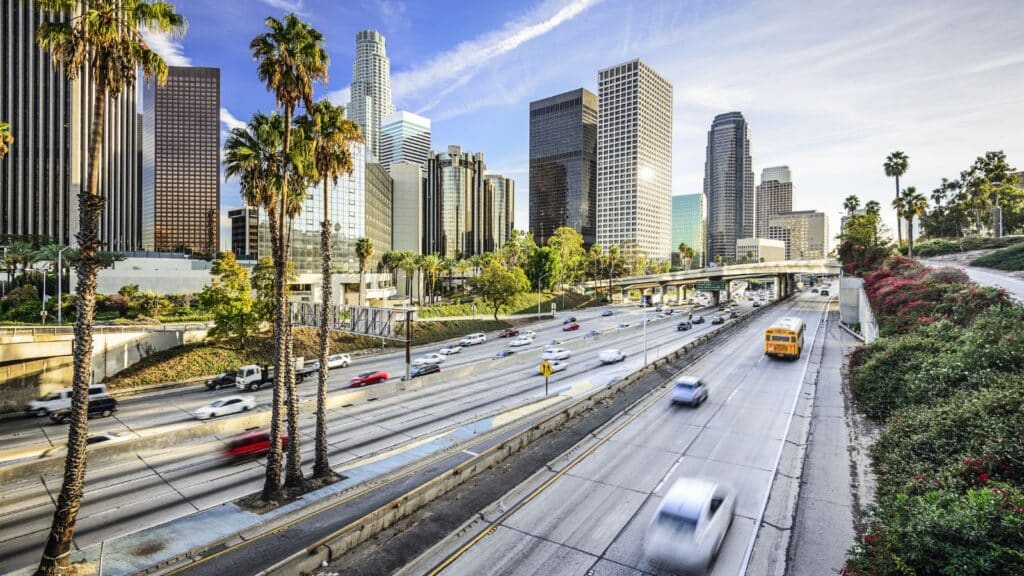
Even outside of rural areas, more Americans decided to move between states between 2020 and 2021. In 2019, around 7.4 million people moved across state lines, but this increased to 7.9 million in 2021. It’s unclear what the exact reasons were for this, although it may be because people wanted more space or a better work-life balance, thanks to remote work.
Out of Urban Areas

There was clear net outmigration from urban areas during the pandemic, particularly in the Northeast and Midwest. People began doing remote work more often, which meant being close to the office wasn’t as important anymore. They began looking for places where they could get more bang for their buck outside of the big cities.
Tax Tales

One of the biggest reasons people are moving is because of taxes. Places like Texas and Florida are great for anyone who hates taxes, as neither one has a state income tax, so you can save a lot by moving there. For high earners and retirees, this means a lot more money in their pockets instead of Uncle Sam’s.
California’s New Taxes
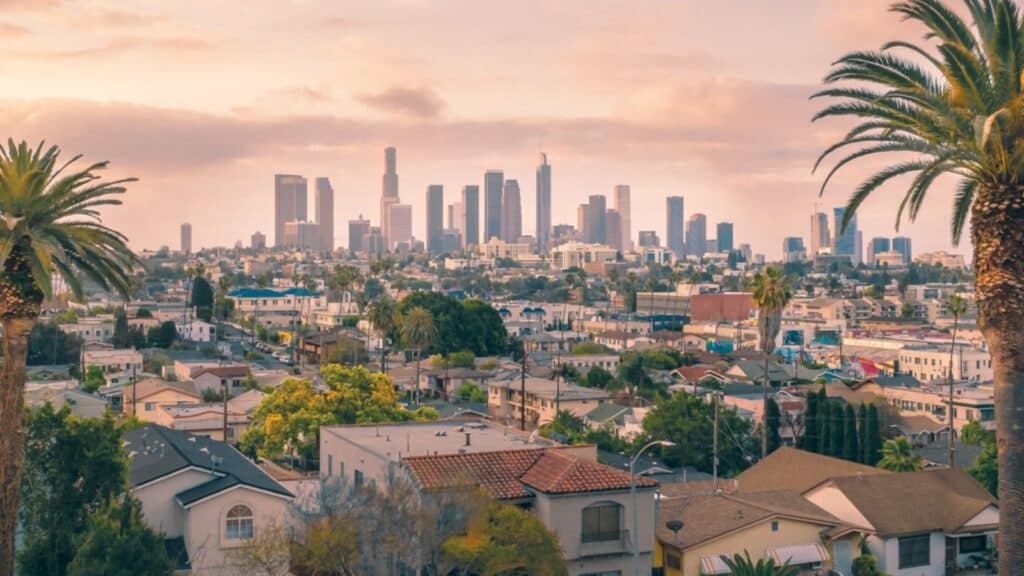
California’s top income tax has increased to 14.4% for anybody earning over a million bucks, which has forced some of these top earners to move to places where they can keep more of their money. Moore addressed this, saying, “California just adopted a new tax increase. You can move to Florida and Texas and pay zero! This is a no-brainer.”
Changes in Economic Power
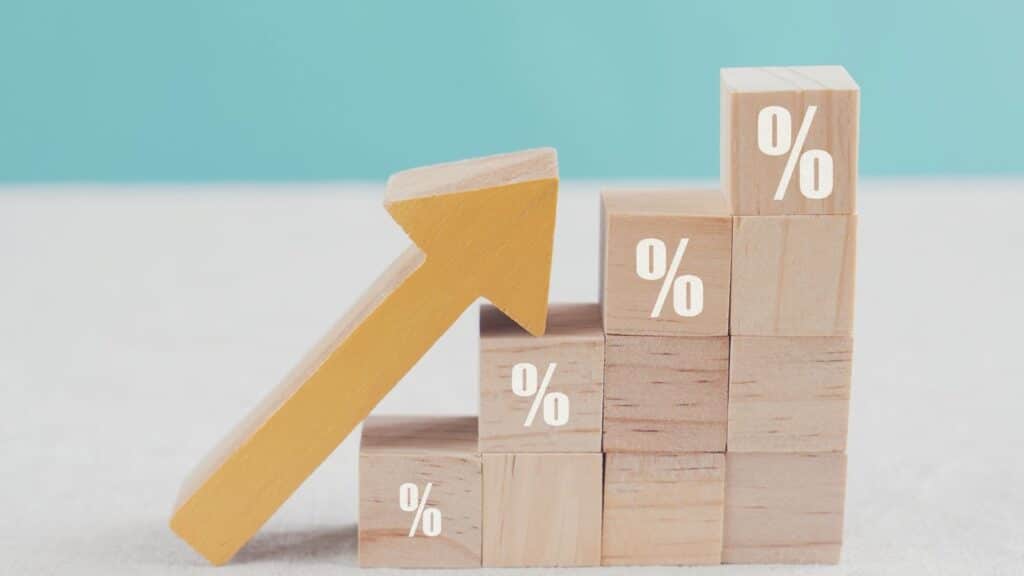
Thanks to this migration, the Southeast now has a bigger economy than the Northeast, according to Moore. He also said, “That’s the first time that’s ever happened in American history.” This is also due to money and industry changes, too. It’s clear that the South is becoming stronger, which is encouraging people to move there so they can be a part of this change.
Jobs on the Move

Another issue Moore highlighted was how, as people move, they take their skills and businesses with them because they find better opportunities. There are more job openings and greater economic growth in red states than in blue states. It’s a win-win for both the states and the people moving there.
Pro-Business States
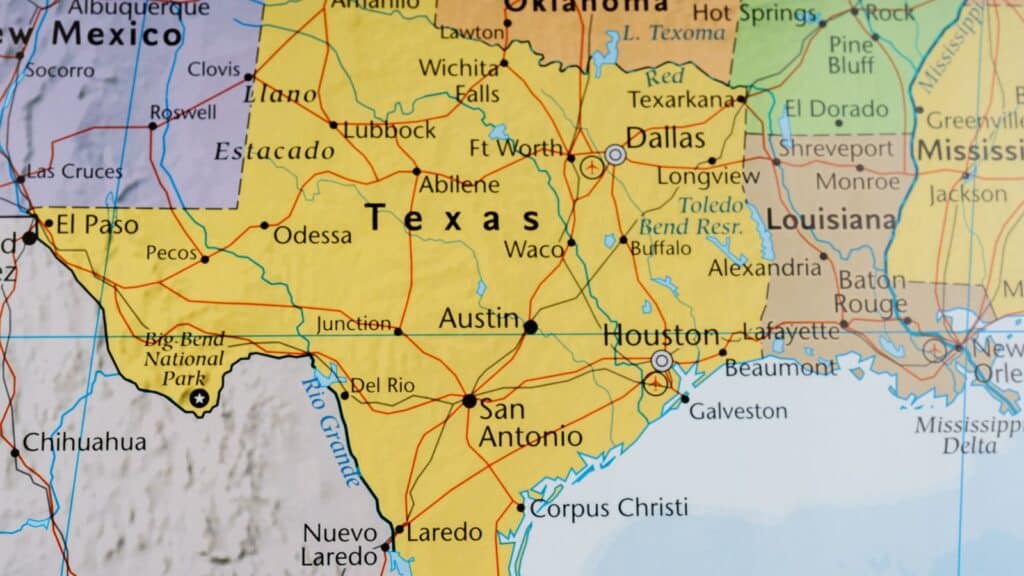
In states such as Florida and Texas, things are easier for businesses than in blue states. For example, they have right-to-work laws, which means people don’t have to join a union if they don’t want to. This means things are far less complicated for businesses, which is why many of them are moving to these states.
Right-to-Work

Moore spoke about these laws, saying, “These states that are growing rapidly are right-to-work states. They have unions, but you have, as a worker, the opportunity to join the union or not join the union – can’t be forced to. They have lighter regulations and better policies across the board. A pro-business atmosphere.”
A New Lifestyle

Of course, it’s not just about the money as better quality of life is a big draw, too. Southern states usually have better weather and more space than Northern ones, meaning a chance for a fresh start is just as appealing as lower taxes. Many people are finding the opportunity for a new lifestyle pretty attractive.
Housing Problems

Another big reason for people moving is housing issues, which, for some people, are more important than career or family reasons. After the pandemic changed people’s day-to-day lives, many people began rethinking their living situations by choosing different places. Some people chose bigger homes for home offices, while others chose places with better outdoor space.
More Affordable Living
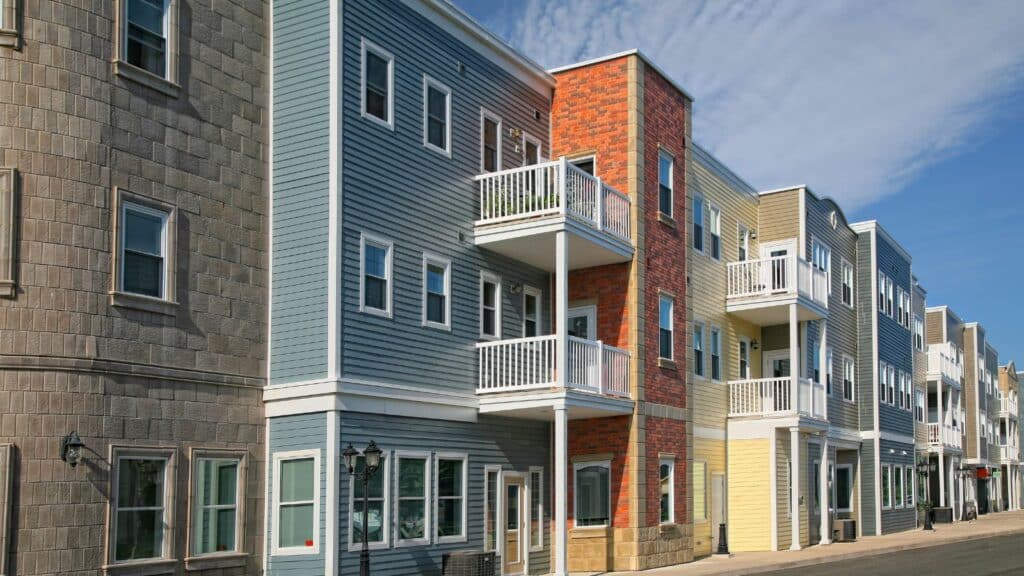
Similarly, in 2023, the cost of living has caused many people to leave the more expensive states like New York for more affordable places. Many families want to stretch their budgets without sacrificing their quality of life. For most of them, this means moving to a red state where their money might be stretched further.
Less Mobility

The mobility rate measures how often people move, and this hit a historic low in 2021. This was part of a decline that’s been happening for a while, but the pandemic really put the brakes on moving. More people decided to stay put and ride out the uncertainty from the comfort of their own homes.
County Migration

Many US counties, especially smaller ones, also had increases in net domestic migration in 2021. Several people traded in the big cities for the charm and calm of smaller towns just a short drive away. This local migration is changing the face of suburban and rural areas by making them a lot larger.
Big State Move
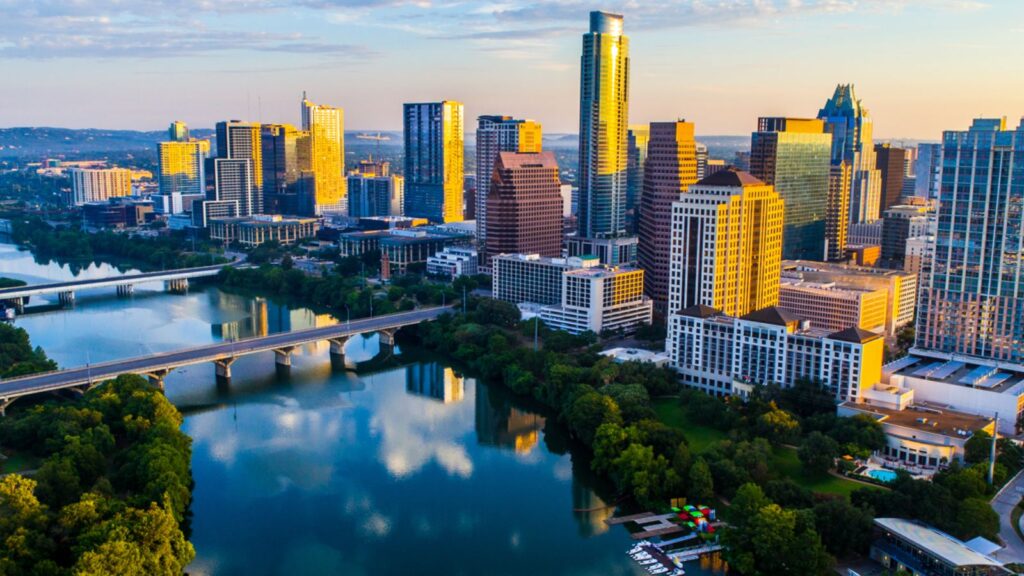
Another interesting fact is that many states with some of the biggest populations, like California and Texas, have seen people migrating to and from each one. Some people are looking for states with a similar feel to the one they’re from but with more room and lower costs. They want a mix of familiarity and opportunity.
Not Just the Pandemic

Even though the move from urban to rural places has become greater since the pandemic, it’s just part of a bigger trend. Lots of people are looking for more space and a quieter lifestyle, and this desire has been growing for years. As more people are working remotely, this trend probably won’t slow down anytime soon.
A Post-Pandemic Rebound

After the immediate effects of the pandemic wore off, migration patterns began stabilizing. In some areas, their outmigration returned to pre-pandemic levels. Even so, it seems like the pandemic’s effects have left their mark because the way people think about where they live has changed for good.
Retirement Effect

Another important reason people have moved is retirement. Many older people have recently retired and moved to be closer to their families. In other cases, retirees are moving to be part of communities that better suit their lifestyle needs, which could be in a completely different state.
Sunbelt Cities

Cities in the Sunbelt, like Austin and Tampa, are attracting a younger crowd, particularly millennials. They believe these cities have more job opportunities, a better cultural scene, and a lower cost of living. Because of this move, both housing markets and local economies are changing quite a lot.
School Enrollment

Since so many families are moving to new areas, school enrollment patterns are also changing. Some school districts in suburban and rural areas have had a huge increase in the number of students. Unfortunately, this also means that some of them are becoming overstrained and don’t have enough resources for this large student population.
Will the Blue States React?

It’s clear that high taxes and strict rules are doing more harm than good in blue states. With so many people and businesses packing up, what’s going to happen to the states they leave behind? Local governments may need to make changes to keep more of the population within the state.
Impact on Local Economies

These migration changes are also changing local economies, as increased consumer spending helps the economy to grow. But it’s not all good news because some areas are struggling with declining tax revenues and a smaller workforce. This means they’re not able to provide essential services or good infrastructure to their citizens.
A Southern Future

It doesn’t look like this trend will be slowing anytime soon, particularly as the South’s appeal is continuing to grow. It’s drawing in people with promises of a better lifestyle and more money in their pockets. Outside of the South, this migration has also changed the culture and economy across America.
19 Grim Realities of Dating After 50 That Are Often Overlooked

19 Grim Realities of Dating After 50 That Are Often Overlooked
26 Things That Will Be Extinct Because Millennials Refuse to Buy Them

26 Things That Will Be Extinct Because Millennials Refuse to Buy Them
24 Outdated Slang Terms You Absolutely Shouldn’t Be Using Anymore

24 Outdated Slang Terms You Absolutely Shouldn’t Be Using Anymore
25 Hardest Parts About Getting Older That No One Ever Talks About

25 Hardest Parts About Getting Older That No One Ever Talks About




